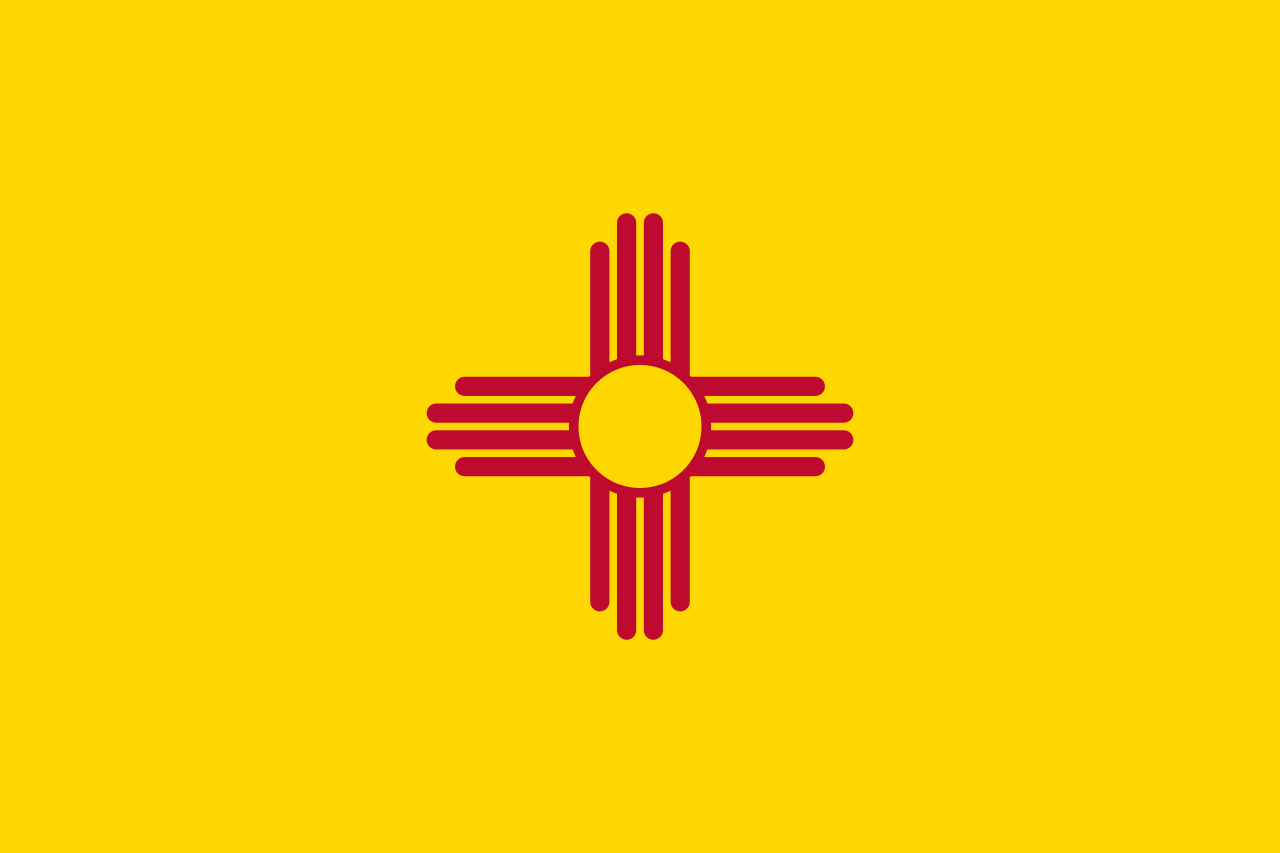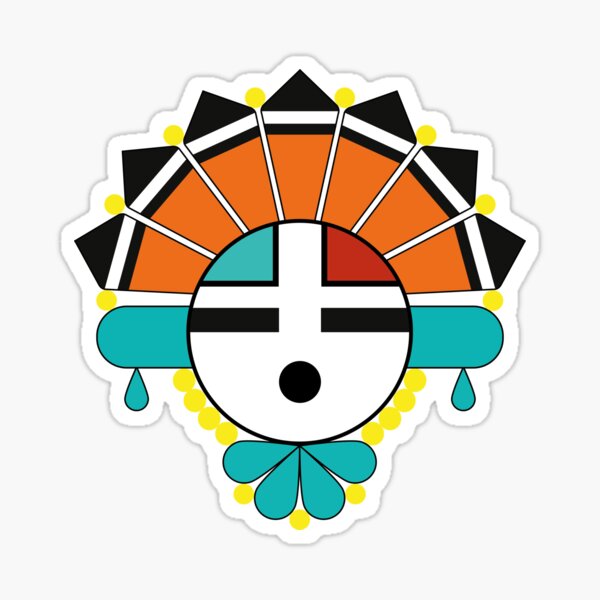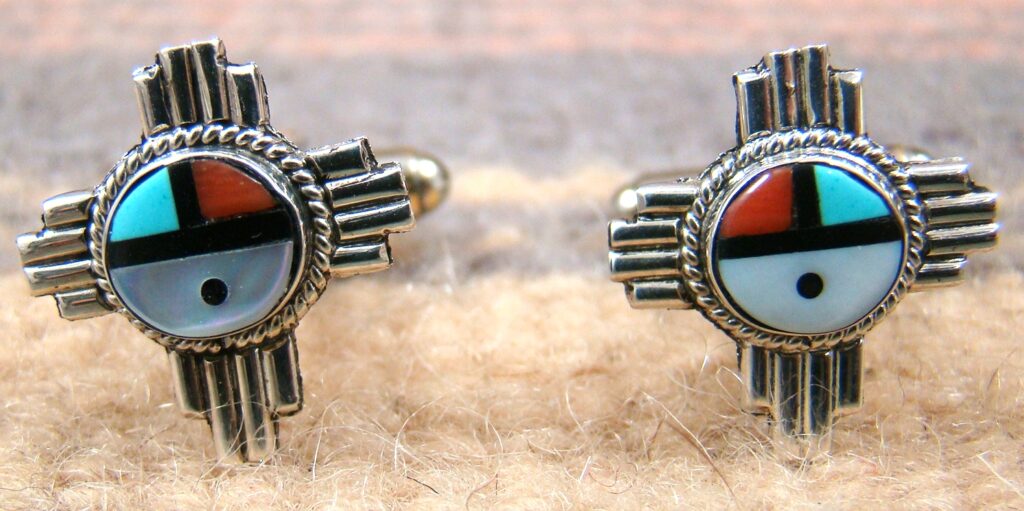Watch this space for the latest from GWD HQ, and keep your FOMO to a BM (that means Bare Minimum).

On Tuesday, January 23, we asked a 3-part question on Z-words. One part of that question read:
New Mexico’s flag features the sun of what Pueblo people?
The answer was “Zia,” and we’re referring to the symbol below, which the Zia have been using for a thousand years to represent the sun, as well as …”the four cardinal directions, the four seasons of the year, the four stages of life, and the four sacred obligations one must develop: a strong body, a clear mind, a pure spirit, and a devotion to the welfare of others.” It also makes for hands-down the best state flag.
Jason wrote in to complain about our answer, arguing that Zia wasn’t the only acceptable one. Said he:
Zuni is also an acceptable answer – the symbol is frequently called a Zuni sun and they are also a Pueblo people from the area now called New Mexico whose name starts with Z.
Here’s how we replied:
Hi Jason—
You’re absolutely right that the Zuni are also a Pueblo people, and that they would’ve fit the definition of “a Z-named Pueblo people from New Mexico” … except for the sun symbol thing. I was genuinely curious if we’d missed something big, so I spent quite a bit of time diving into this one this morning. Bear with me!
It’s true that the Zuni, like the Zia, have a central, very important sun symbol. But it’s a totally different one from the Zia, and it’s called the Sunface, and it looks like this:

Here it is in situ at the A:shiwi A:wan Museum and Heritage Center in Zuni, NM:

And here’s a pretty good breakdown of what it means:
There are different ways the Zuni depict Sunface. In general, the symbol consists of a round face, slitted rectangular eyes, a small circle for the mouth, and a forehead divided into two sections. It’s common for the forehead to be half coral and half turquoise. The splitting of the forehead into two sections is to represent sunrise and sunset. Each person exists as an individual and a member of the family, which is another meaning of the splitting of the forehead.
Many Zuni artists add petal-like or feather-like designs around the face to mimic the sun’s rays. This is especially common in jewelry. The feathers or petals may only partially or completely surround the face.
Now, because the aforementioned petals or rays are coming off a circular design (because duh, the sun), you will sometimes see the Zuni Sunface used in combination with the Zia sun, like this:

By nature of depicting the same circular celestial object, those two designs just happen to work well together. But from what I can gather, that’s in no way an official symbol of any kind, just a sort of pan-Southwest mashup mostly intended for sunburned white ladies who own too much wicker.
To the trivia point: It’s introvertible that Sunface is 100% associated with the Zuni, and vice versa. It’s also incontrovertible that it’s the Zia sun, not Sunface, that appears on the New Mexico flag, and that anybody calling it a “Zuni sun” is just … well, wrong. With that in mind, I’m afraid your gripe is misplaced, and our answer as written was the correct one. That said, I do appreciate the opportunity to look into this further. Thanks for that!